This post may contain affiliate links. Please read our disclosure policy.
Oats are one of the most delicious, nutritious, and versatile breakfast foods to stock your pantry shelves. But with so many types of oats, how do you choose? In this article, learn about the different types of oats and various uses for each one.
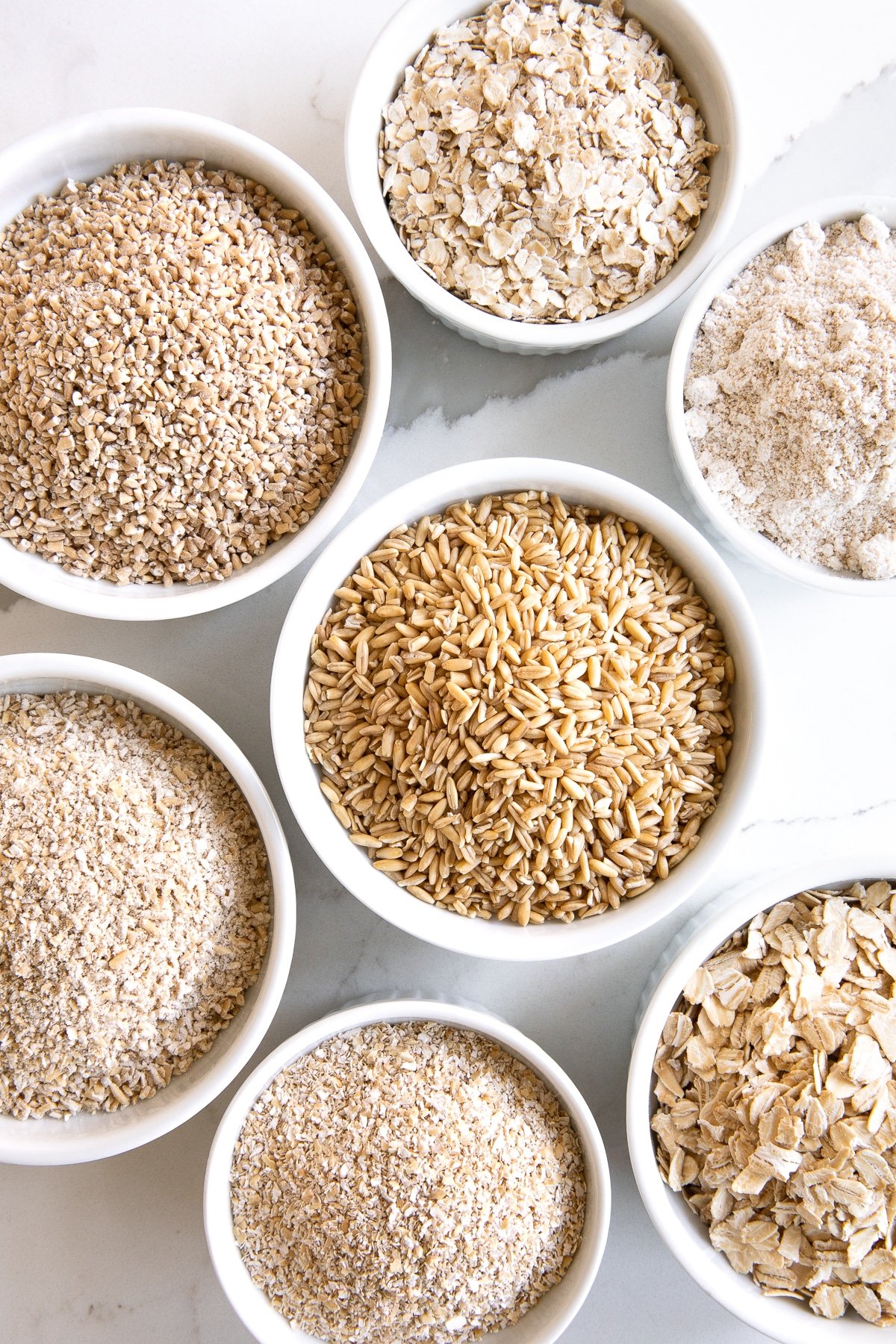
As with many pantry staples, there’s a seemingly endless variety of oats out there. It’s easy to find yourself in the grain aisle, overwhelmed, thinking: what type of oats should I buy? And what’s the difference anyway? Is one variety healthier than another? Can they be used interchangeably?
In this article, we’ll discuss what oats are, their health benefits, and the key differences between the four main oat varieties: steel-cut oats, Scottish oats, rolled oats, and quick oats.
What Are Oats?
Oats, or Avena sativa, are a whole-grain cereal.
Commonly grown in North America and Europe, oats have recently had a comeback in the health food world, and rightfully so.
Oats are packed with soluble fiber, vitamins, minerals, and antioxidants. This means that eating oats can help lower your cholesterol and blood sugar levels. We’ll take a closer look at the nutritional value of oats later in this post.
All oats start as whole-grain oat groats and are then processed in various ways, which leads to a multitude of varieties. Oats are most commonly consumed as oatmeal or porridge, but oats can also be used in cookies, granola, veggie burgers, and so many more delicious recipes!
Are Oats Healthy?
Oats are made up of healthy carbohydrates and tummy-loving fiber. Specifically, oats are high in a type of fiber called beta-glucan, which can boost your immune system and help keep your heart healthy. Scientists also believe that beta-glucan might help your immune system fight off disease, and it may even help prevent heart disease.
In case you aren’t sold already, oats are also a great source of protein, vitamins, and minerals. We need protein in our diets for a number of reasons, but mainly because it helps our body build and repair cells. Additionally, oats are the only foods that have avenanthramides, an antioxidant that scientists think may reduce inflammation and help your body regulate blood pressure. Also, because they are a fiber-filled grain, oats can satiate your hunger and keep you full for longer!
Steel-Cut Oats (Irish Oats)
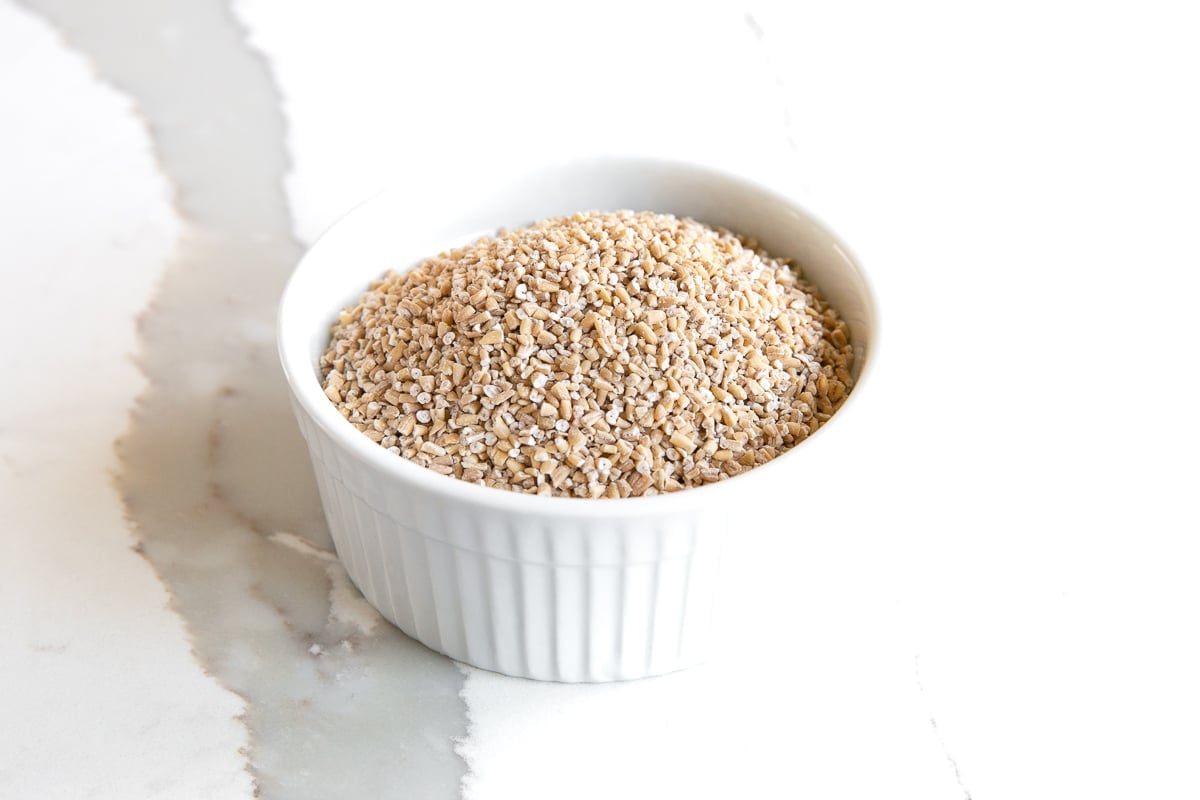
Steel-cut oats, also known as Irish oats, are the least processed form of oats available.
They are made by chopping oat groats into smaller, more manageable pieces that cook faster than the whole oat groat. In fact, steel-cut oats got their name from the steel blade used to chop the oat groats into two or three smaller pieces.
Although there isn’t a huge difference in the nutritional value of the various types of oats, steel-cut are technically the healthiest type of oat due to the way they are made. And given that they are neither precooked nor pressed, steel-cut oats retain the most fiber and protein when compared to the other types of oats.
Compared to other types of oats, they have the thickest, most chewy texture. This makes them perfect for a morning bowl of oats if you like your oats on the thicker side.
Steel-cut oats also make a great addition to soups, stews, and other savory meals like stuffing because they absorb less water and maintain their texture better than other oat varieties.
Steel-cut oats take anywhere from 20-30 minutes to cook on the stovetop, which means they’re not a great option for a grab-and-go breakfast. However, if you make a large batch of steel-cut oats or Irish oatmeal at the beginning of the week, they will keep well in the fridge.
If you really want to save time, you can make a huge batch of steel-cut oats and freeze the leftovers. Steel-cut oats keep in the freezer for up to three months.
Scottish Oats
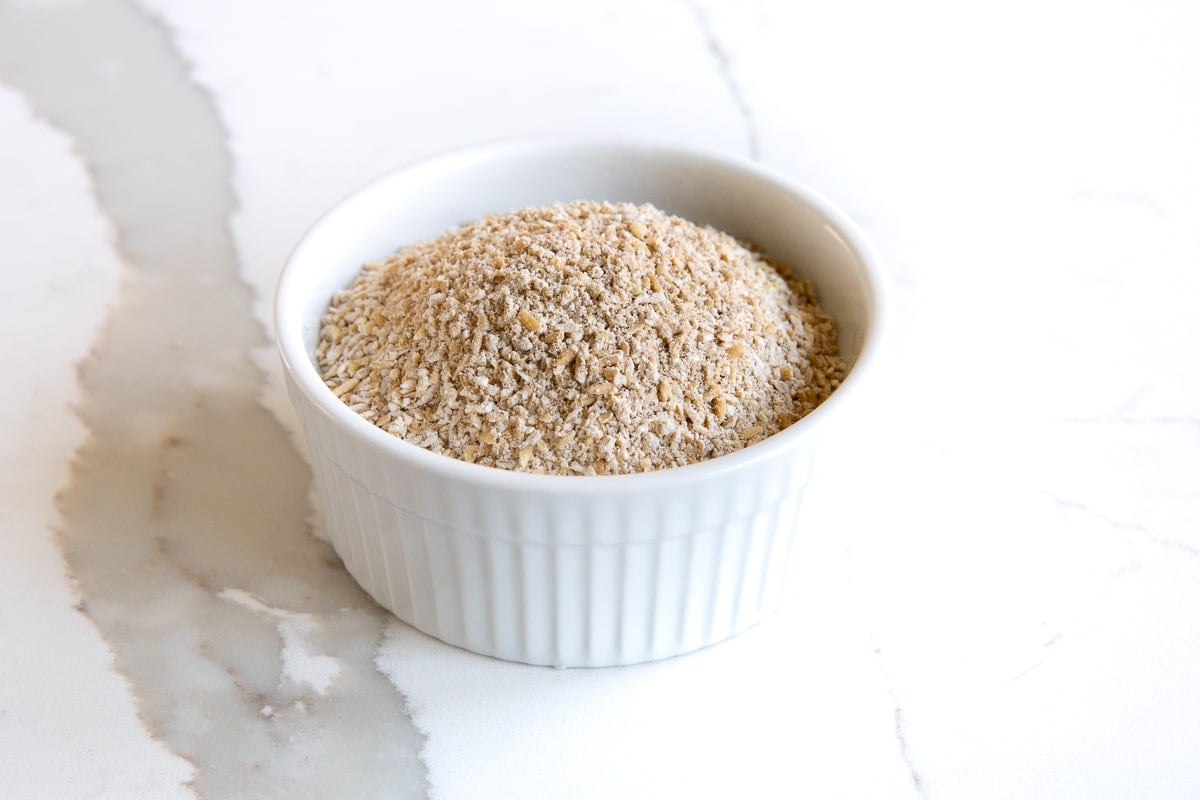
Scottish oats are used to make what most of us think of as porridge. Just like steel-cut oats, they’re neither precooked nor rolled. However, unlike steel-cut oats, when Scottish oats are made, the oat groats are ground into small, pin-sized pieces.
This difference in processing means that Scottish oats turn out creamier than steel-cut oats and have a more stew-like texture. The grinding process slightly reduces the amount of protein and fiber in the oats and makes Scottish oats less filling than steel-cut oats. So if you’re hoping for a snack that will fill you up for a long time, steel-cut oats are your best option.
However, Scottish oats are still extremely healthy and take about ten minutes less to cook than steel-cut oats. They’re a great option for breakfast if you have a bit of time and want a healthy, creamy start to your day.
Rolled Oats (Old-Fashioned Oats)
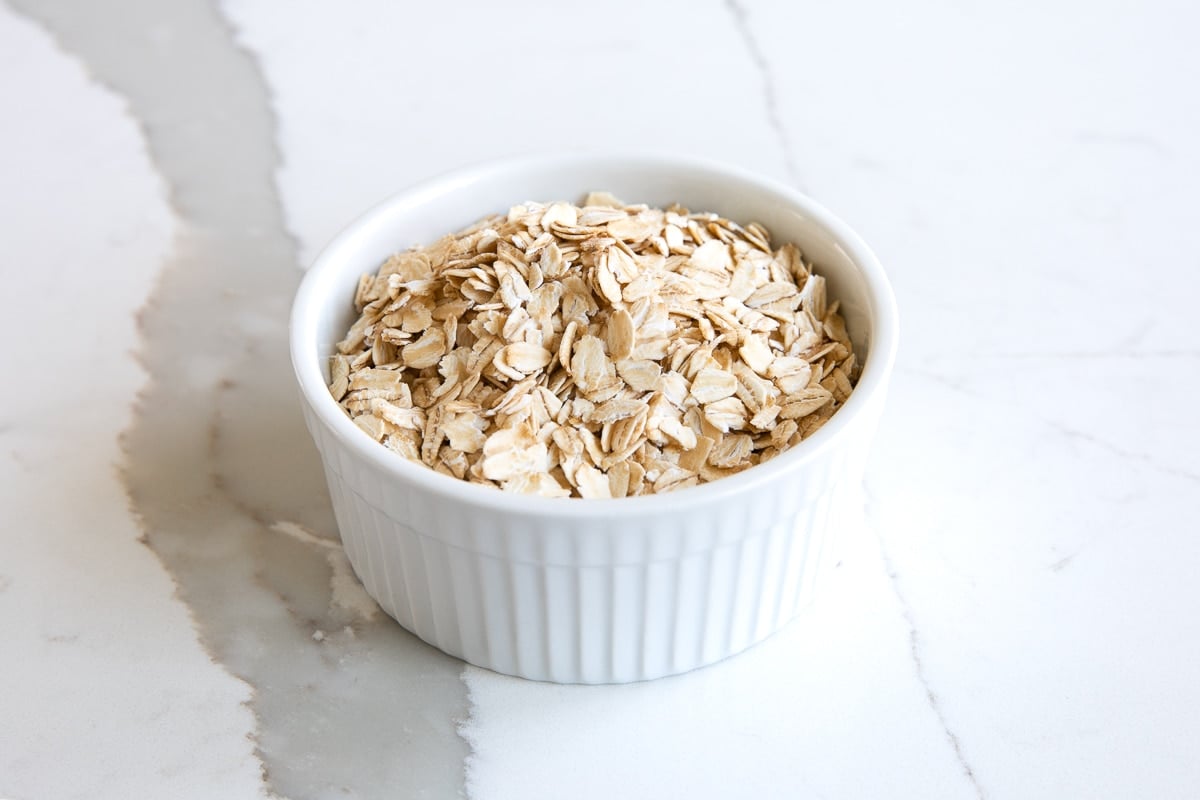
Rolled oats, nicknamed old-fashioned oats, are probably what come to mind when you think of oatmeal. The grains are large, thin, and flaky, making them perfect for oatmeal and baking. Whereas steel-cut oats retain their thick, tough texture when baked, rolled oats strike the perfect balance between maintaining some texture while still softening to a desirable degree.
In order to process and make rolled oats, whole oat groats are steamed and then put through rollers. This process partially cooks them, giving rolled oats a longer shelf life by stabilizing the grain’s oils. The process also gives rolled oats a shorter cook time of around 5 minutes because the steam partially cooks them.
The texture of rolled oats makes them the perfect choice for overnight oats. Overnight oats are an easy, healthy way to make a grab-and-go breakfast that will hit the spot every time. If you’re looking for a little caffeine boost in your oats, try my Espresso Overnight Oats!
Rolled oats are also the type of oats used to make oat milk, which has recently gained popularity as a tasty, sustainable milk substitute. Oat milk has a creamy texture and a subtle, sweet flavor similar to cow milk. Given that it’s a smooth, healthy milk substitute, oat milk can be used in everything from my carrot smoothie to this tater tot casserole.
Quick Oats
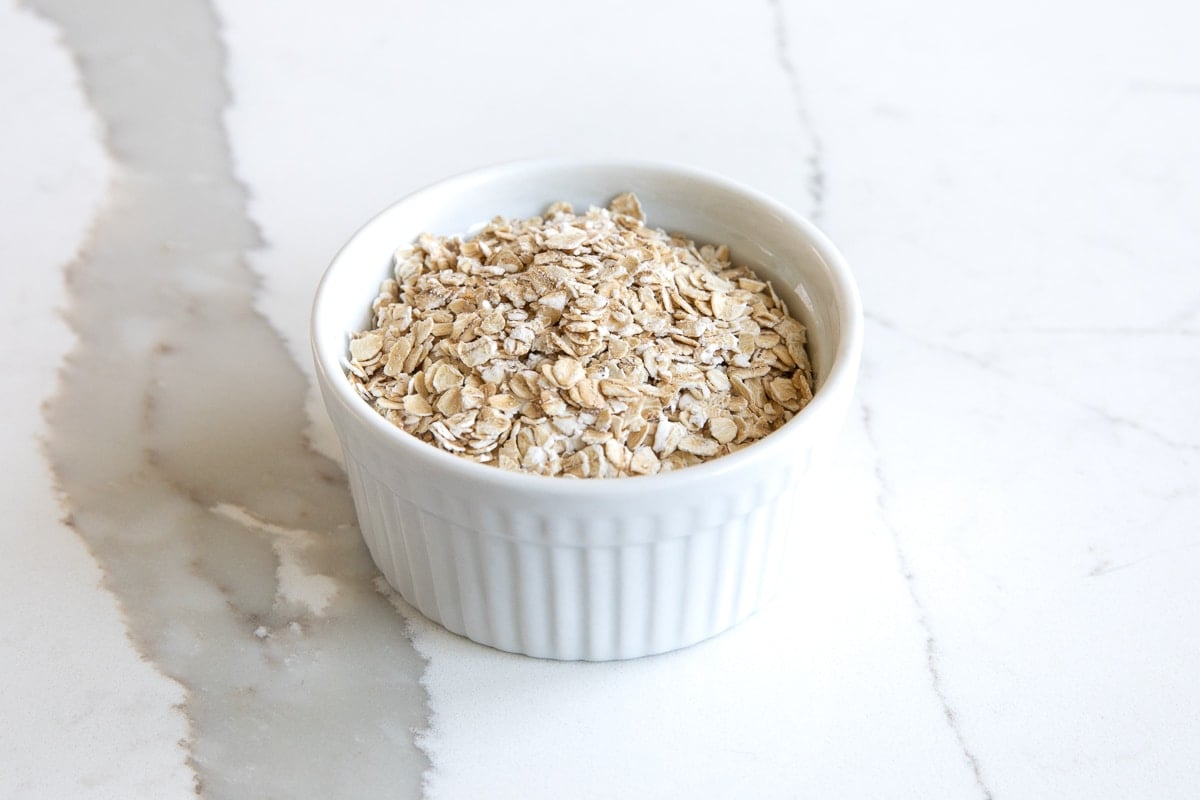
Quick oats are very similar to rolled oats, just a little bit more processed. For the specific differences between the two, check out this post. They are steamed for longer and rolled thinner, which gives them a thinner texture and allows them to cook, you guessed it, quicker!
The additional processing makes quick-cooking oats slightly less nutritious, but they still make a superb breakfast option and are perfect for mornings when you only have a minute or two to whip up a meal.
You can also substitute quick oats for rolled oats in most recipes. Just be careful because, given that they’re a little bit thinner, quick oats do not retain their texture as well as rolled oats. This means that for a recipe like overnight oats, your oatmeal will come out creamier and more like porridge if you use quick oats.
DID YOU KNOW?
Quick oats are not the same thing as instant oats. While similar, instant oats are actually rolled even thinner and milled even finer than quick-cooking oats. They usually contain lots of added sugar and cook in under one minute or less!
Oat Bran
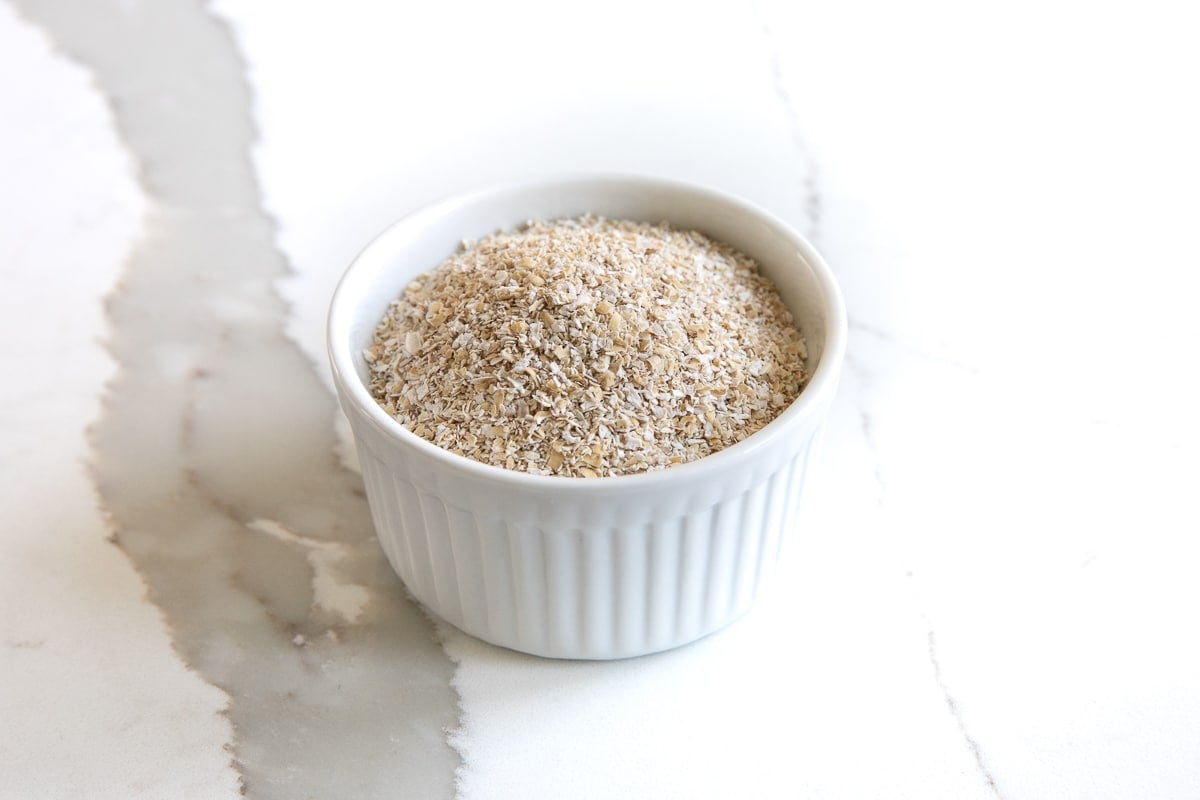
Oat Bran is the outer layer of the oat groat kernel. Compared to all other processed oat varieties, oat bran contains the most fiber and can be eaten as a hot cereal, mixed into smoothies, or sprinkled on top of bread and other baked goods.
That being said, it’s important to slowly introduce oat bran into your diet because a sudden large increase in fiber intake can cause digestive problems. However, once your body gets used to oat bran, it can help relieve constipation and improve your gut health.
Oat Flour
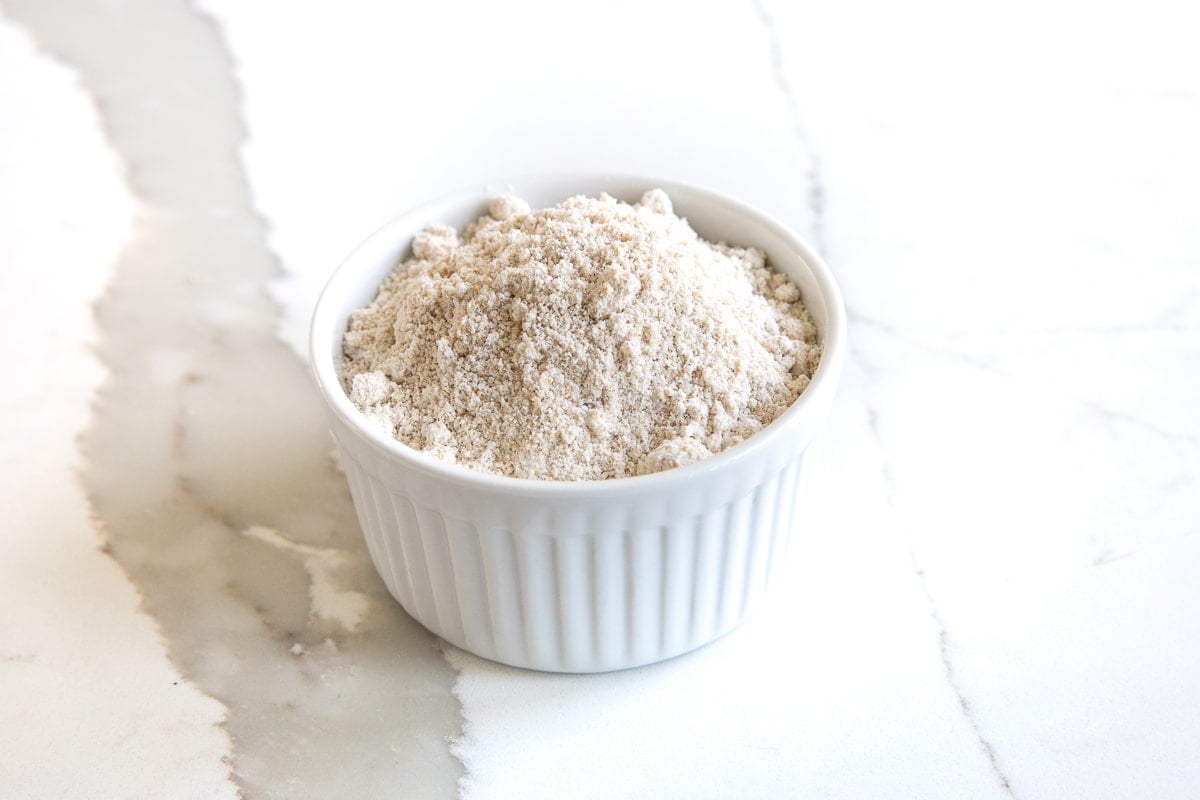
Oat flour is made from finely ground oat groats. For this reason, you can easily make oat flour at home by blending or food processing groats until they reach a flour-like consistency. Oat flour is a great gluten-free option for anyone looking to make wheat-free recipes.
If you want to do a direct substitution, substitute 1 cup of regular white flour with about 1and ⅓ cup of oat flour. Of course, it will take a few times playing with a recipe and the proportions to get the substitution perfect!
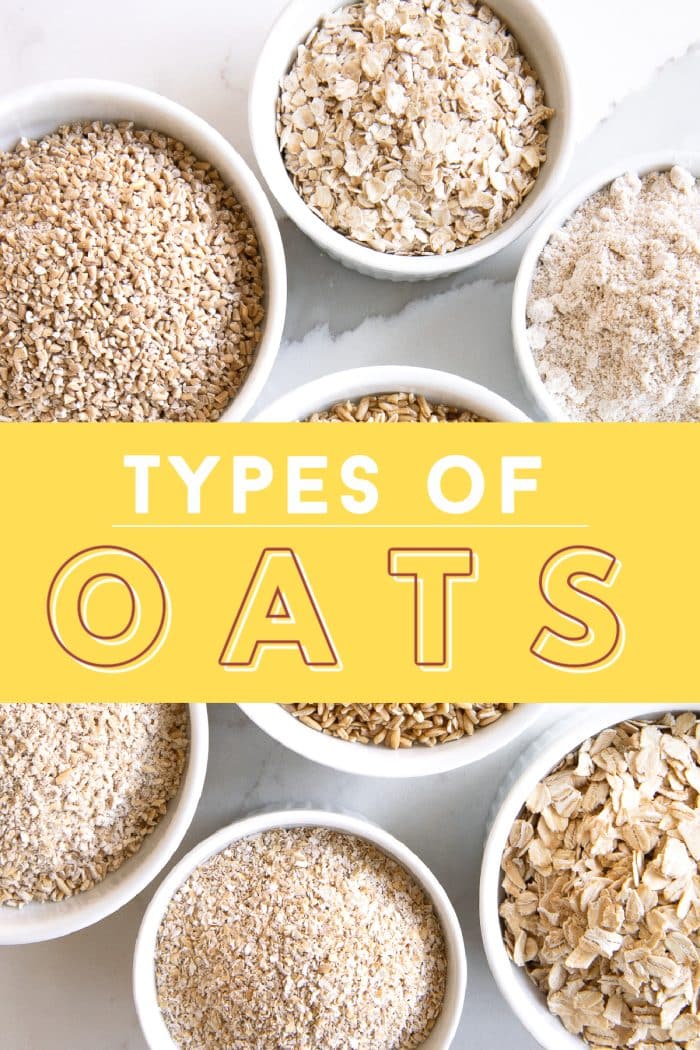

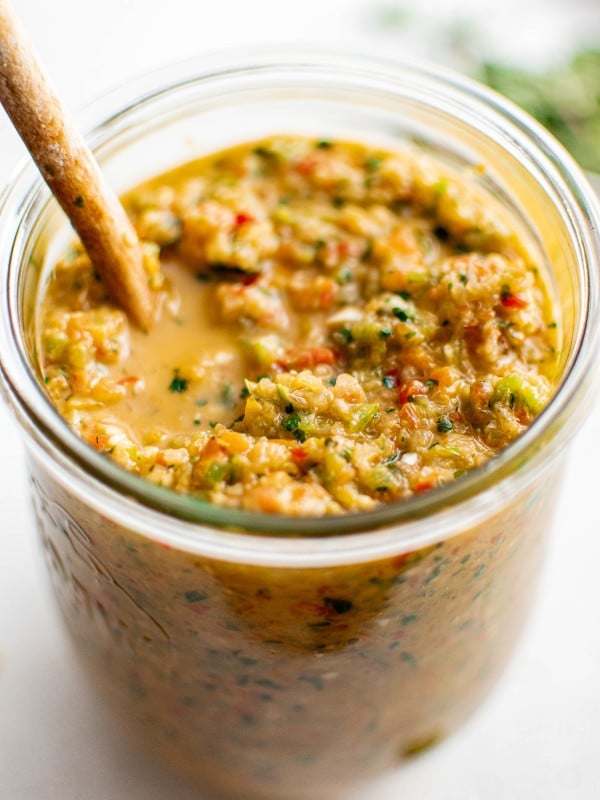

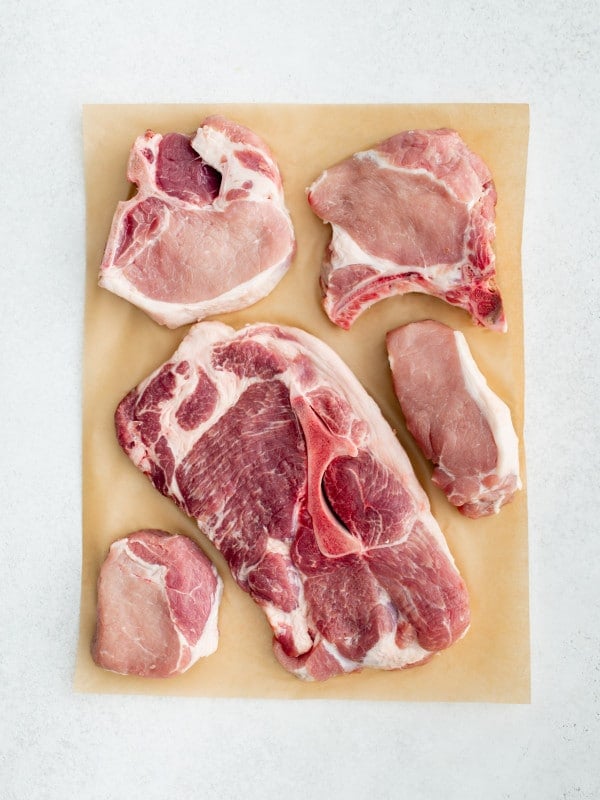









Great info! Give my kids oatmeal every day. Scottish is really good and I add ground walnuts. Awesome!